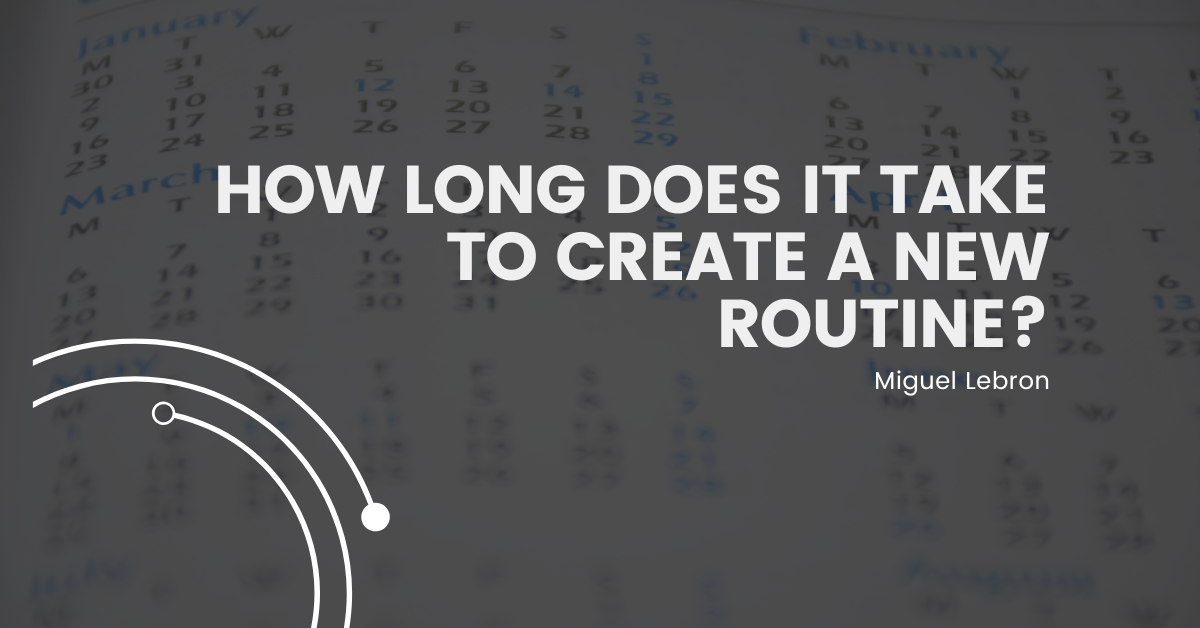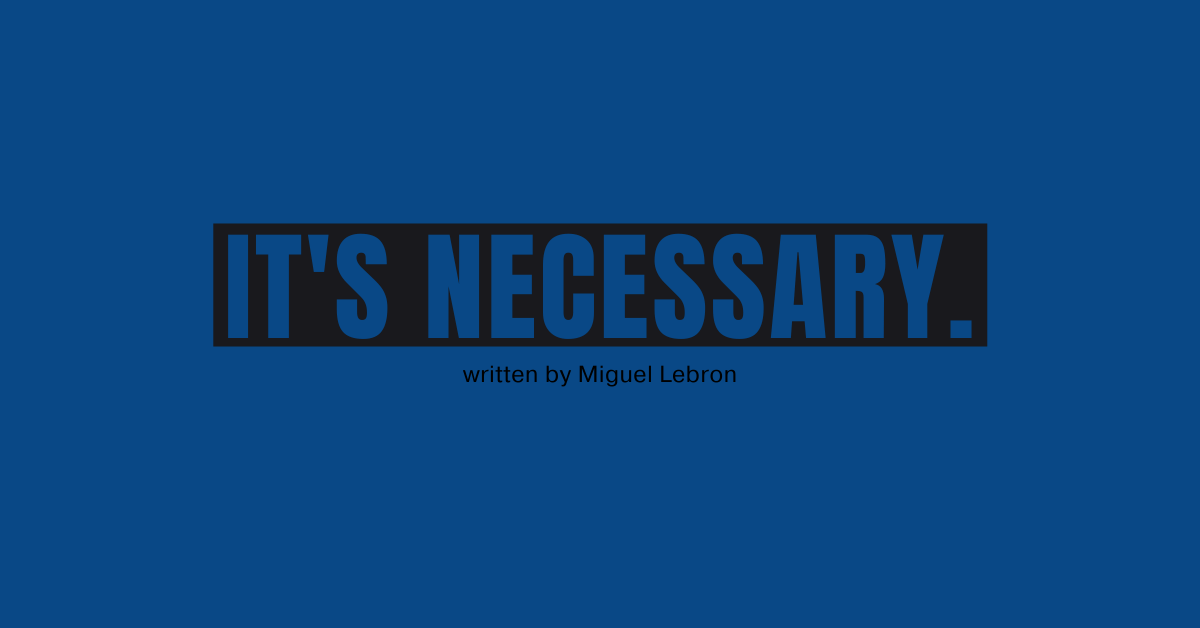on the journey to a fresh perspective

Much is spoken about the valleys and the hills but seldom do we talk about the in-between.
Given how long the journey can be in the valley, it can feel as though we're not moving forward. We know the valley is long, lonely, and can even feel as though we are stuck. Often in the valley, we find ourselves alone, feeling powerless, or having sufficient resources to make it to our destination. The valley has a set of unique difficulties; it's also filled with many tombstones, this combination makes it challenging to pass through.
However, once we've gone through the long journey of the valley, we don't make it to the hills. Before you make it to the hill, you make it to the in-between. The in-between is this place where you're no longer in the valley, but you're also not at the hill.
The difficulty about the in-between is that it makes the hills seem much higher than what they are; there's a difficulty seeing what's on the other side because this overwhelming hill is in front of you. Behind you, all you see is a long journey. Because it seems so long, it makes it feel as though you've been on this journey much longer than what you have been, and yet that route seems much more familiar than what is ahead.
The in-between is a very deceiving place. The in-between is not filled with tombstones because often, many people turn around in the in-between. The mountain seems too high. There appears to be nothing on the other side. And the journey behind you looks much more familiar and accessible. The in-between is not only deceiving, but it's also not a place of growth. You can't live there, and you can't grow there; you can't plant anything there because no seed will gain roots.
It's easy to feel as though this next phase is too hard. And yet often, when it comes to personal growth or development or even leadership development, it's easy to find yourself in the in-between. When faced with adversity, we have two choices: face it front-on or seek refuge in our comfort zone. The in-between is a dreadful place. Many will turn around, which is why there are so many tombstones in the valley. It wasn't people who died on their journey; although some did, people abandoned the dream.
Those in this arduous valley, who believed the journey to be too long, abandoned their objectives. In addition to being challenging and emotional, the valley can also be a very lonely place. And there are areas of the valley that appear to be in the shadow of death. Nonetheless, we are reminded of the biblical verse that states, "Even if I walk through the valley of death, I will dread no evil." The reason that if you reverse the word evil, it writes live is that evil wishes for you not to live. It wishes to flip your universe on its head as if it were a pile driver.
It's not that we won't feel intimidated; it's that we will still feel courage because of the calling, because of our purpose, because of our dream. And courage is not the absence of fear; it is what you do when you feel fear. The winds that come against you, those voices that whisper negative things to you, those limiting beliefs are all part of being in the in-between. While in the in-between, we must decide, do we turn back around and abandon everything or choose to persevere and climb up the hill without knowing what's on the other side?
Optimism creates opportunities. You'll be rewarded with the view if you're prepared to climb the hill; this is a fresh perspective, one that is necessary for what is ahead.












